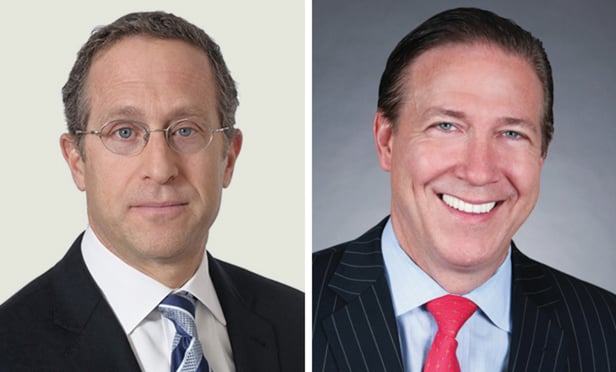A petition for certiorari from the decision in Commil v. Cisco—in which the U.S. Court of Appeals for the Federal Circuit recognized for the first time that “evidence of an accused infringer’s good-faith belief of invalidity may negate the requisite intent for induced infringement”1—is expected within the month. On Oct. 25, 2013, the Federal Circuit denied Commil’s petition for rehearing en banc by a vote of 6-5 and two strongly worded dissenting opinions. Whether this disagreement will capture the attention of the Supreme Court is yet to be seen. Notwithstanding the high court’s potential future involvement, Commil may represent a culmination of a broad transformation in the law of induced infringement, albeit one without particular clarity or resolution.
The doctrine of induced infringement, codified in 35 U.S.C. §271(b), seeks to “protect patent rights from subversion by those who, without directly infringing the patents themselves, engage in acts designed to facilitate infringement by others.”2 The reach of the doctrine of induced infringement, however, has historically been tempered by considerations of potential abuse and discouragement of lawful commerce.3 Indeed, the Supreme Court has noted, with reference to the related doctrine of contributory infringement, that the judicial history of indirect infringement “may be said to be marked by a period of ascendancy, in which the doctrine was expanded to the point where it became subject to abuse, followed by a somewhat longer period of decline….”4 Induced infringement jurisprudence can thus be considered a manifestation of dynamic countervailing considerations which has reached disequilibrium—heralding disagreement, dissenting opinions, and uncertainty.



